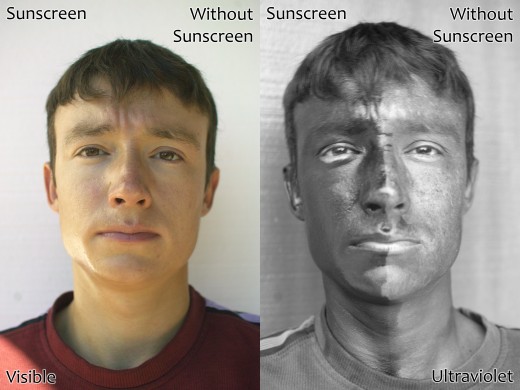The Truth About SPF and Sunscreen: How Long Should You Wait Before Reaplying and More

Learn important information about SPF and sunscreen to protect yourself better.
Chances are you've seen labels on sunscreens bottles highlighting the letters SPF followed by a number. Sun Protection Factor or SPF is a measure of how effective a sunscreen product is. Consumers often think the SPF is associated with the time of exposure to UV radiation. They think that an SPF 30 will give them 30 times longer protection before getting sunburn. Unfortunately this is not accurate. It’s not the length of exposure but the amount of radiation that it can protect you from getting sunburn. Simply put, the higher the SPF rating, the more radiation it can repel.
Putting on sunscreen entails more than just slapping on cream on your body. You need to know how to maximize it so you won’t get sunburn. Here are some factors you should consider:
Skin type
The skin type of the person is a huge factor as some people have more sensitive skin than others. Some may absorb sunscreen better while others do not. If the skin does not absorb the sunscreen effectively, it can simply be washed or wiped away easily leaving you vulnerable to sunburn. Moreover, the amount of sweating can also affect the performance of the product. The more you sweat the easier you lose the protection. Your skin type will determine how often you should apply and how long you should wait before going out into the sun after application.
The amount used
The amount used is another important factor in the efficacy of the sunscreen. According to FDA dosage, the average adult must put on 2 mg/cm2. This translates to roughly around 1 oz. of sunscreen for the body and approximately 1/3 teaspoon for the face. Studies have shown that most consumers only use ¼ of what is recommended. As such, one has the adjust the sun protection factor to ¼ of the actual value.
The time reapplication
A recent research by the University of California showed that reapplying sunscreen within 2 hours will be most beneficial. However consumers can reapply more frequently as necessary. In addition, it is best to wait several minutes for your skin to absorb the sunscreen prior to exposure to sunlight. A 15- minute wait is good enough for maximum absorption.
Activity while wearing the sun screen
What you do also affects how long your sunscreen can protect you. Swimming and sweating a lot will drastically reduce your sunscreen’s efficacy thus reapplication must be done more frequently. Even higher SPF sunscreen can not protect you if it is washed off the skin.
Sunscreen ingredients and SPF varies from one product to another. As such, understanding the product and the concept SPF is important so you remain protected. Suffice to say, the best sunscreen is the one that is used properly.








